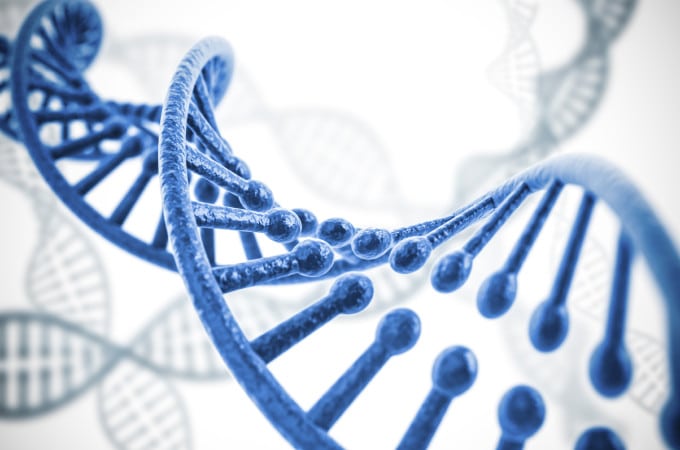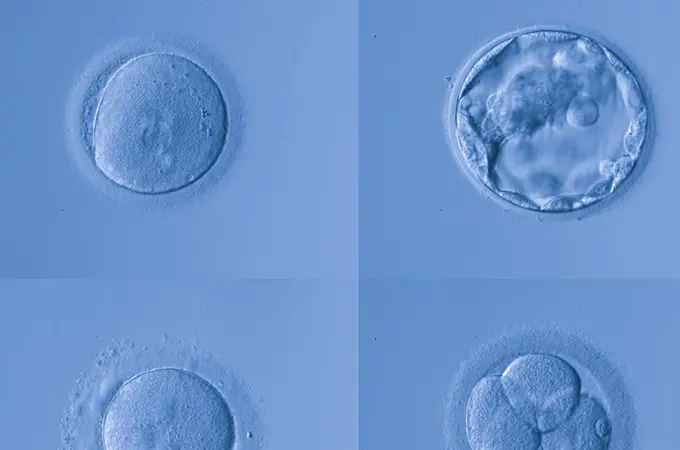Expanding knowledge to help more patients take home a baby is the primary motivation behind the robust research program at Shady Grove Fertility. This year at the American Society of Reproductive Medicine’s 2016 Scientific Congress and Expo in Salt Lake City, October 15 to 19, the physician-scientists at Shady Grove Fertility, together with their collaborators, presented a retrospective study looking at the relationship between a woman’s body mass index (BMI) and the chromosomal makeup of her embryos.
Chromosomally Abnormal Embryos on Treatment Outcomes
Aneuploidy is defined as an abnormal number of chromosomes and occurs more commonly in embryos from women of advanced maternal age. Chromosomal abnormalities account for a large proportion of miscarriages. Since several studies have found that obesity is also associated with an increased risk of miscarriage, researchers aimed to evaluate the relationship between obesity and aneuploidy.
Weight’s Effect on Conception and Miscarriage Rate
Physicians at Shady Grove Fertility may suggest that losing even a small amount of weight could potentially improve the chances of success among overweight women. High body mass index (BMI) has been associated with lower pregnancy and live birth rates and higher miscarriage rates. One potential explanation is the possibility of higher rates of chromosomal abnormalities (aneuploidy) among embryos from obese and overweight women. This retrospective review of data set out to answer that question “Do overweight or obese women have an increased occurrence of chromosomally abnormal embryos?”
No Increased Rate of Chromosomally Abnormal Embryos Found Based on Weight Classification
In this study, 1,237 fresh embryos from 267 women underwent preimplantation genetic screening (PGS) to determine their chromosomal makeup. Of the embryos in the study, 23 belonged to women classified as underweight, over 700 from women considered to be normal weight, 285 from overweight women, and 211 from obese women.
Within this sample, the rates of aneuploidy were similar for underweight, normal, and obese patients (between 60.7 percent and 59.1 percent for the three groups), and the rate for overweight women was slightly less at 55.8 percent. While the study was not able to pinpoint the exact cause for increased miscarriage rates among overweight and obese women, it suggests that aneuploidy likely does not account for it.
What this Means for Patients
For patients, these findings suggest that maternal weight does not increase the chance of chromosomally abnormal embryos. Rather, the study’s authors suggest other causes like the endometrial environment could be to blame for lower successful in vitro fertilization (IVF) outcomes for obese patients.
About the 2016 ASRM Scientific Congress & Expo
The 2016 ASRM Scientific Congress & Expo is the premier scientific congress for reproductive medicine that will address state-of-the-art issues in reproductive medicine and science. Held from October 15 to 19, 2016, in Salt Lake City, UT, the theme of the 2016 Scientific Congress of the American Society for Reproductive Medicine is “Scaling New Heights in Reproductive Medicine.” The program features scientific, postgraduate, and video presentations as well as plenary lectures addressing the most pressing clinical and basic-science issues in reproductive medicine.
To learn more about whether BMI causes chromosomally abnormal embryos or to schedule an appointment, please call our New Patient Center at 1-877-971-7755.






